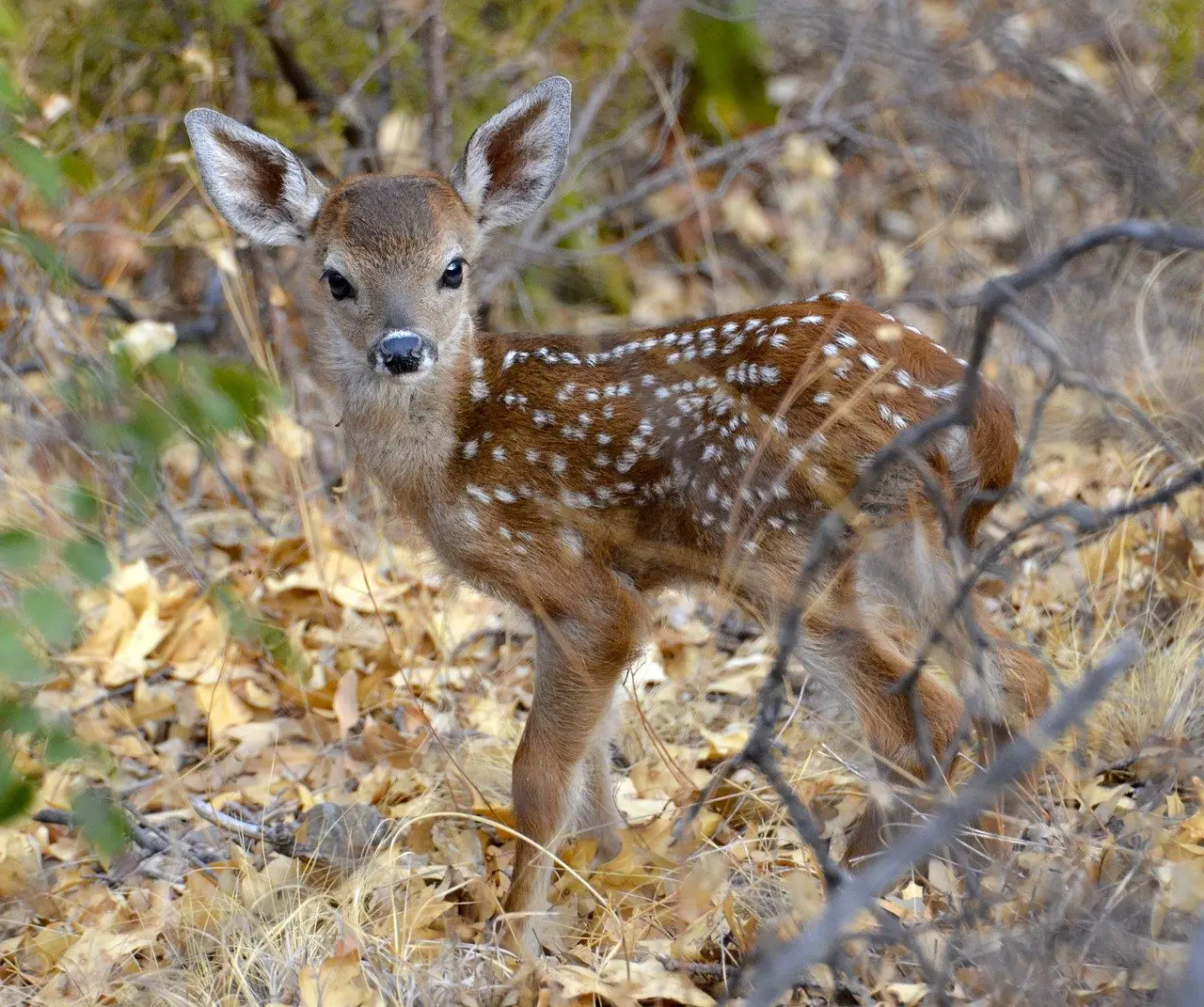You might be surprised when finding a fawn alone in a quiet spot in your backyard, neighborhood, or local park, and while it seems like an unusual spot for a baby to be, chances are its mother is close by.
“For the first few weeks of a white-tailed fawn’s life, the mother will hide it in secluded locations to keep predators from finding it,” said Hannah Schauer, wildlife communications coordinator with the DNR. “Predators are less likely to hang out near people’s homes, so for a mama deer it seems like a safe place to hide her baby.”
While fawns may seem abandoned, they rarely are. All wild white-tailed deer begin life this way.
“A fawn’s spots provide excellent camouflage and help it stay hidden from predators,” said Schauer.
What to do if you find a fawn?
If you find a fawn alone, do not touch it! The mother will return periodically to nurse her fawn when she feels it is safe.
Schauer said the best thing to do is to leave the fawn alone and enjoy the wildlife viewing experience from a distance. Leaving baby animals in the wild ensures they have the best chance for survival and helps keep Michigan’s wildlife wild.
How does a mother deer find her fawn?
White-tailed Deer fawns are born from April to July, with the majority being born in June. Most first-year does have one fawn every year, but twins or triplets are more common after that.
Fawns are often left in regions with long grass or shrubs, but also in more open settings, like backyards. Older deer fawns may go short distances. While searching for food, she will recall the last location where she concealed her fawn.
The doe will make a mother call to signal her fawn to approach her. This is frequently utilized when it is time for them to move on to the next location.
The mother doe cannot distinguish their offspring’s cry. However, the fawn can quickly recognize their mother’s sound. Fawns do not have a distinct cry that allows their mother to distinguish them from other fawns.
In certain situations, they will alter the hiding location of their offspring, which adds to the difficulty in locating their young.
Learn More About Finding A Fawn
Learn more by watching the video Finding fawns in Michigan.
Only licensed wildlife rehabilitators may possess abandoned or injured wildlife. Unless a person is licensed, it is illegal to possess a live wild animal, including deer, in Michigan.
Get tips about what to do if you find a baby animal in the wild and find a list of licensed wildlife rehabilitators at Michigan.gov/Wildlife or contact the DNR Wildlife Division at 517-284-9453.
